The new permanent exhibition of the Town Museum of Paks
The Town Museum of Paks was founded in 1993, by the local government. In the following year renovations started in the prospective museum building, which was previously the manor house of the Cseh-Vigyázó and Mádi-Kovács families. The lapidarium was opened first in 1994, followed by the permanent exhibition titled ”Memories of Paks” in 1995.
In the past 20 years, more than 100 temporary exhibitions were opened to the general public to supplement the permanent exhibition. As a result of archaeological excavations and historic-ethnographic studies, the collection of the museum became larger and more valuable with the passing of years, until the old exhibition proved to be too small.
The conversion of the former Szeniczey manor, also known as the Deák-house, to a museum was planned by the town of Paks for a long time. Following a successful tender application in 2013, these plans could be carried out. While the old exhibition was situated in an area of only 100 m2, the rooms of the new building provide a space of almost 1000 m2 to present ”glimpses” from the two-million-year history of Paks and its vicinity. The exhibition areas of the manor house and the joined modern building demonstrate four distinct topics that are related to each other. Such a concept offers a more detailed and effective presentation of the history of Paks.
Cabinets of curiosities
The vicinity of water played an important role in the foundation of all settlements. In this manner, it is not surprising that Paks had already been populated in the earliest times, as indicated by the remains of a Bronze Age settlement on the Sánc hill in Dunakömlőd. Not only this community realised the defensive advantages of the elevation, as the Romans also built their fort on the hill, serving as one of the strongholds in the defence of Pannonia province's border. The auxiliary fort known as Lussonium in Latin had served for almost 400 years. After the departure of the Romans, the hill was populated for several years during the Migration period. However, the area's military potential was later only utilized by General Bottyán in the 18th century.
The majority of the exhibition shows the history of this hill, while a smaller section presents the history of Paks.
Glimpses of Paks
The history of Paks until the 19th century, is demonstrated in 6 exhibition rooms. After the expulsion of the former Turkish invaders, the town's new image was determined by new settlers, the old population and the nobility of common lands. Their lives are authentically depicted with the help of historic items, maps, documents and furnished rooms, all located in a manor house where Ferenc Deák visited the Szeniczey-family several times.
The settings are enhanced by computer animations and games.
Danube gallery
The Danube gallery completes the image, established by the exhibitions ”Cabinets of curiosities” and ”Glimpses of Paks”. Each ”box” introduces a topic, these provide a general view on 10 different themes, including food acquisition, floodplain management, washing in the Danube River, the relationship between man and river. The changes of the Danube River are presented on maps, while the rich flora and fauna of the river and the floodplains are introduced with the help of computer games.
The loess wall of Paks
The steam powered brick factory of Paks was built in 1894-1895, in the northern part of the town, at the base of the Sánc hill. The mining of material required for brick production gradually revealed sedimentary layers containing finds from the past million year of geological history. After the first published scientific report (1934) of excavated geological finds in the area, the site was constantly visited by scientists and the loess wall of Paks became one of the most intensively researched Pleistocene section in Central Europe. The exhibition aims to present loess and fossil layers formed under changing climate conditions. With the help of fossils found in these layers, visitors may understand events that were also involved in the formation of our natural environment. The exhibition is designed in such a way that all visitors may find interesting pieces of information suiting their knowledge level.
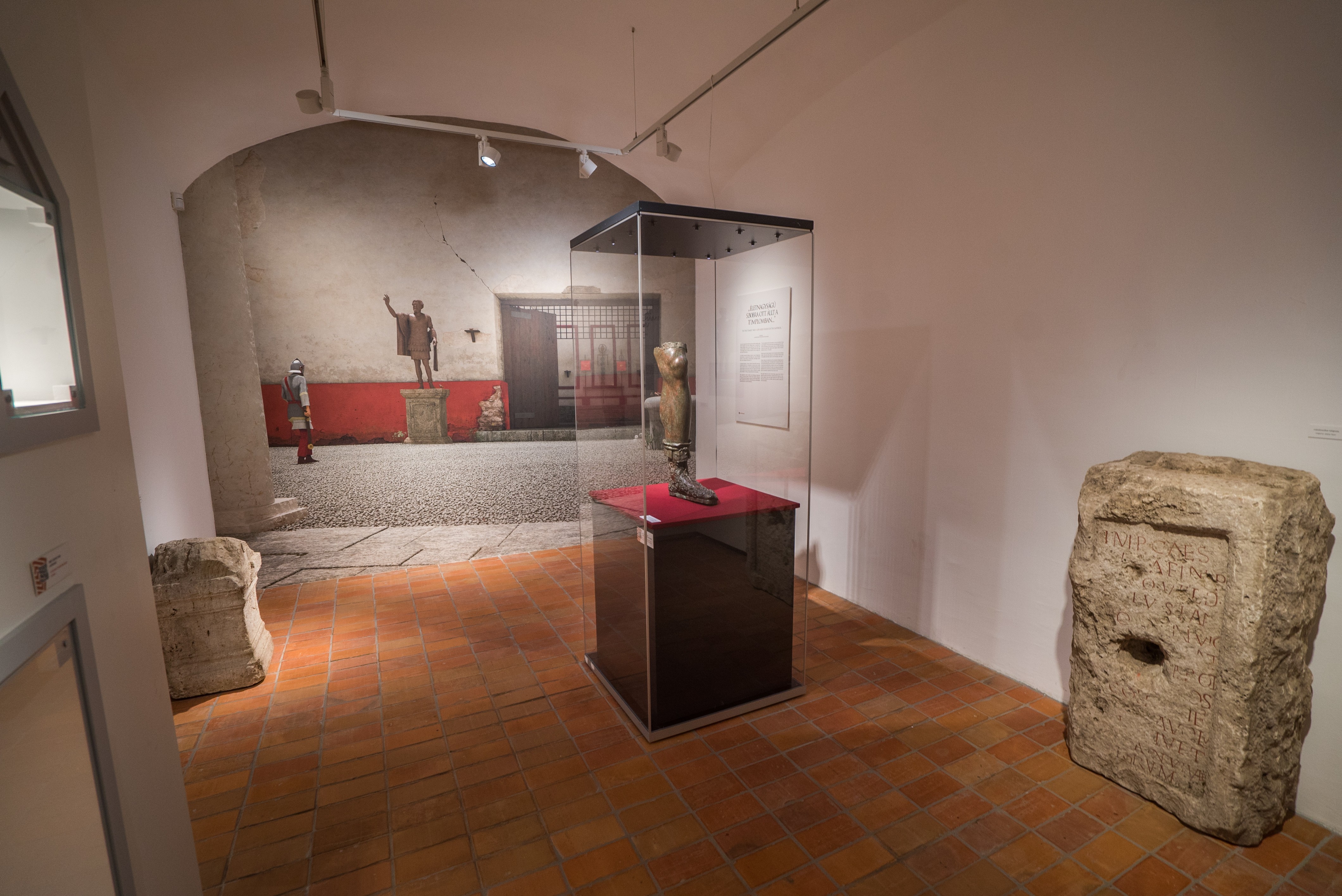
Source: Antal Szabó, archaeologist
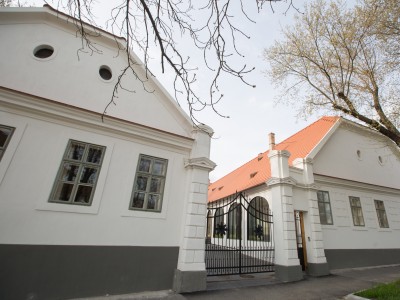
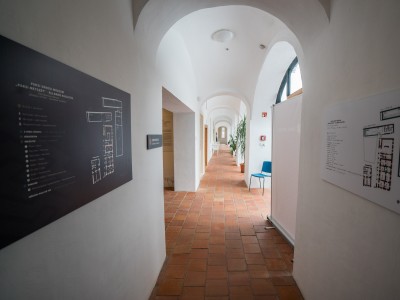
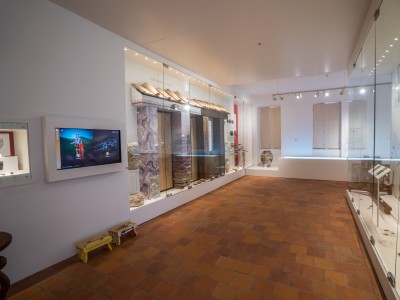
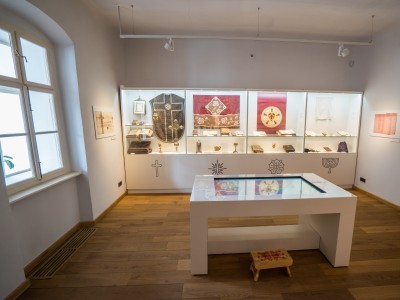
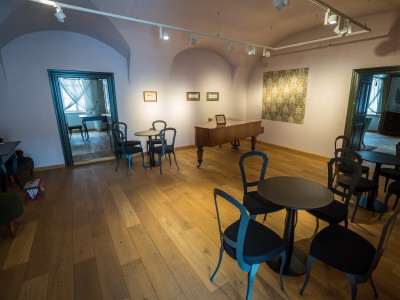
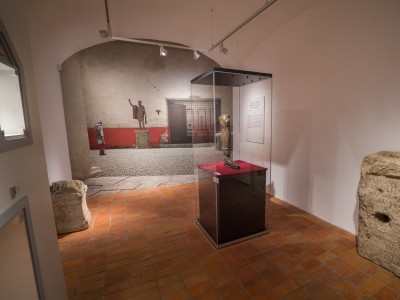
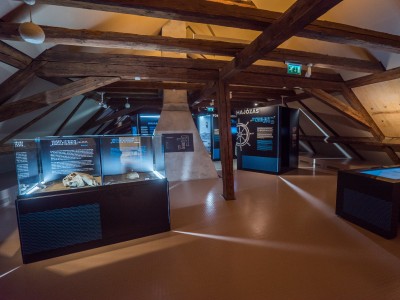
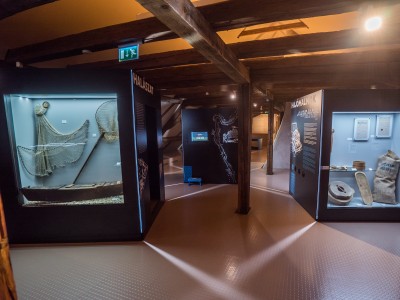
| Town Museum of Paks / Glimpses of Paks | |
| Address: | Deák Ferenc street 2-4., Paks, 7030 |
| Phone: | +36 (75) 830-373 |
| E-mail: | muzeum.infopaks.hu
|
| Website: | http://varosimuzeum.hu/ https://www.facebook.com/paksimuzeum/?fref=ts |
| Town Museum of Paks / Glimpses of Paks | |
| Address: | 7030 Paks, Deák Ferenc street 2-4. |
| Phone: | +36 (75) 830-373 |
| E-mail: | muzeum.infopaks.hu |
| Website: | http://varosimuzeum.hu/
https://www.facebook.com/paksimuzeum/?fref=ts |
| Monday | Closed |
| Tuesday | 10:00 - 18:00 (To find more information, please visit the website of the Museum of Paks.) |
| Wednesday | 10:00 - 18:00 (To find more information, please visit the website of the Museum of Paks.) |
| Thursday | 10:00 - 18:00 (To find more information, please visit the website of the Museum of Paks.) |
| Friday | 10:00 - 18:00 (To find more information, please visit the website of the Museum of Paks.) |
| Saturday | 10:00 - 18:00 (To find more information, please visit the website of the Museum of Paks.) |
| Sunday | 10:00 - 18:00 (To find more information, please visit the website of the Museum of Paks.) |

